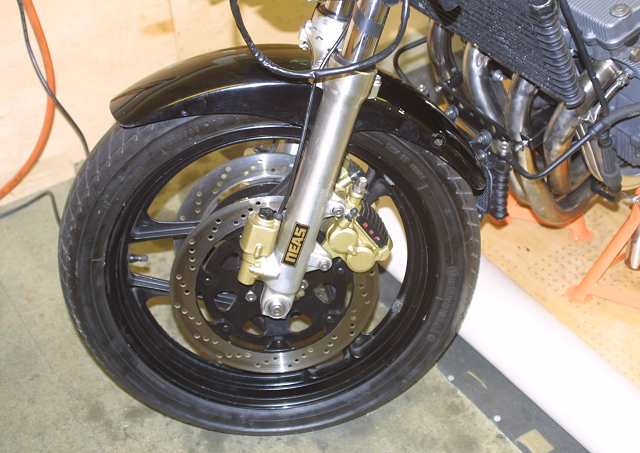True enough, though "aero tools" might not be a good solution (balance will vary with airspeed), compound & size changes might not be permitted, & toe & camber changes affect performance in other ways.hardingfv32 wrote:We can change tire size and compounds, camber, toe, weight distribution, and any number of aero tools.
p.s. I know nothing about karts, but I thought balance adjustments were made in that case by rims & front/rear track changes. Ciro?
Forgive me, but my copy is some distance away right now (85 miles as it happens). However, the vertical loads acting on individual tyres at an axle can always be decomposed into symmetrical & anti-symmetrical components. I presume that "load transfer" is the anti-symmetrical component of vertical load. That will (in steady conditions) balance the roll moment caused by lateral acceleration, but will also play a part in reacting any roll oscillations. The latter will be present when a turn is initiated & will normally decay quickly, but not always.hardingfv32 wrote:Does load transfer in response to lateral force (g) in a instantaneous fashion.
If you watch tin-top vehicles racing you might observe that some occasionally oscillate with a relatively stable amplitude as they go through a corner. The oscillation is usually a combination of pitch & roll & is sustained (when it happens) by the tyres' reaction to an oscillating vertical force at the limit of adhesion. Lateral acceleration will vary during such an event, but will not reflect entirely the variations in roll moment (that is part of the reason the oscillations are sustained).




